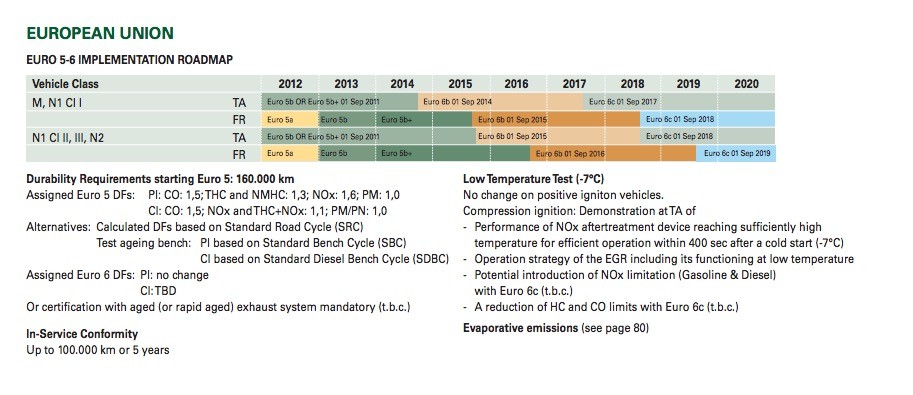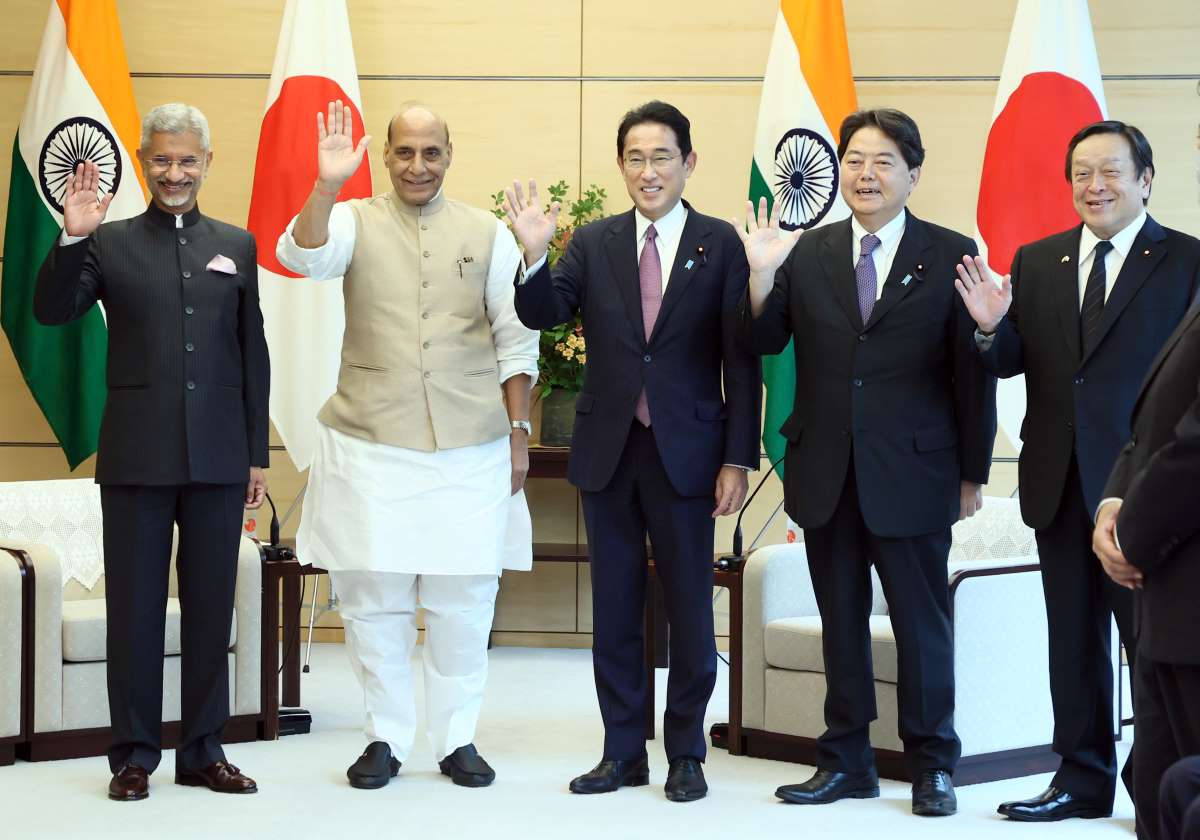German Automakers In China: Analyzing The Challenges Faced By BMW And Porsche

Table of Contents
Intense Competition in the Chinese Automotive Market
China's automotive market is a brutal battleground, a relentless fight for market share among a vast array of domestic and international players. Established global brands face pressure not only from each other but also from the rapidly growing number of innovative and technologically advanced Chinese electric vehicle (EV) manufacturers. This intense competition manifests in several key ways:
- High number of domestic and international brands: The sheer volume of brands competing for consumer attention creates a highly saturated market, demanding aggressive marketing and competitive pricing strategies.
- Rapid growth of the EV sector: Chinese EV manufacturers like BYD, NIO, and Xpeng are rapidly gaining market share, disrupting the established order and forcing traditional automakers to invest heavily in electrification to remain competitive. This necessitates significant R&D investment and a rapid shift in manufacturing capabilities.
- Price wars and aggressive marketing strategies: To secure market share, automakers are engaging in intense price wars and employing increasingly sophisticated marketing campaigns, often targeting younger, tech-savvy consumers.
- Pressure on profit margins: The combination of intense competition and rising costs (including raw materials and R&D) puts significant pressure on profit margins, forcing automakers to optimize their operations and pricing strategies.
Navigating Regulatory Hurdles and Government Policies
The Chinese government plays a significant role in shaping the automotive industry through its complex regulatory framework and ever-evolving policies. Foreign automakers must navigate a challenging landscape including:
- Stringent emission standards (e.g., NEV credits): China's stringent emission standards, including the New Energy Vehicle (NEV) credit system, incentivize the production and sale of electric and hybrid vehicles, putting pressure on manufacturers to adapt their product portfolios.
- Localization requirements (local manufacturing, R&D): Government policies often mandate local manufacturing and R&D, requiring foreign companies to establish substantial operations within China to meet compliance requirements. This involves substantial investment and often strategic partnerships with local businesses.
- Import tariffs and taxes: High import tariffs and taxes increase the cost of imported vehicles, making it more challenging for foreign brands to compete on price with domestically produced cars.
- Changing government regulations and policies: The regulatory landscape is constantly evolving, requiring automakers to be agile and adapt quickly to new rules and guidelines.
Understanding and Catering to Chinese Consumer Preferences
Understanding Chinese consumer preferences is paramount for success in this market. Chinese car buyers often prioritize different factors than those in other regions. Key aspects to consider include:
- Preference for luxury brands and technologically advanced features: Chinese consumers often favor luxury brands and vehicles with advanced technology features, particularly those showcasing cutting-edge connectivity and autonomous driving capabilities.
- Importance of brand reputation and social status: Brand image and social status play a significant role in purchasing decisions, with certain brands carrying greater prestige than others. This means marketing needs to be carefully tailored to resonate with aspirational values.
- Demand for personalized and customized vehicles: There's a growing demand for personalized and customized vehicles that cater to individual tastes and preferences, requiring automakers to offer a wider range of options and customization services.
- Need for strong after-sales service and support network: Reliable after-sales service and a strong support network are crucial for building customer loyalty and trust, especially in a market with a wide range of competing offerings.
BMW's Challenges and Strategies in China
BMW faces significant competition in China, particularly from domestic EV brands. Its strategies to maintain market share include: investing heavily in electric vehicle development and production, introducing localized models tailored to Chinese preferences, and focusing on enhancing its digital services and customer experience. Key performance indicators such as BMW China sales figures and BMW market share China are closely monitored to evaluate the success of its China strategy and its ability to maintain a strong position against competitors. BMW's localization efforts are crucial for success, adapting models and marketing to meet the specific demands of the Chinese market.
Porsche's Challenges and Strategies in China
Porsche's challenge lies in maintaining its luxury brand image while adapting to the evolving Chinese market. Porsche China sales remain strong, driven by the brand's prestige and appeal to affluent consumers. Porsche China marketing emphasizes its heritage and performance while integrating localized elements. However, it needs to balance preserving its brand identity with adapting to changing consumer preferences and the growing popularity of EVs. Focusing on specific niche segments and leveraging digital platforms to enhance customer engagement and brand experience are key aspects of Porsche’s strategy in this crucial market.
The Future of German Automakers in the Chinese Market
The Chinese automotive market presents both immense opportunities and formidable challenges for German automakers like BMW and Porsche. Successfully navigating this complex environment requires a deep understanding of the competitive landscape, a willingness to adapt to evolving consumer preferences and government regulations, and a commitment to localization. The ability to successfully integrate cutting-edge technology, especially in the EV sector, while upholding brand prestige will be crucial for future success. The future of German automakers in China hinges on their ability to continuously refine their strategies, embracing innovation and adapting to the ever-changing dynamics of this vital market. Continue researching the topic of German automakers in China and their ongoing strategies for market leadership – analyzing the success strategies of German automakers in China will reveal valuable insights into navigating the challenges and opportunities in the Chinese automotive market for German brands.

Featured Posts
-
 Chelsea Handlers New Netflix Comedy Special Watch The Trailer Now
Apr 26, 2025
Chelsea Handlers New Netflix Comedy Special Watch The Trailer Now
Apr 26, 2025 -
 Identifying The Countrys Next Big Business Areas A Geographic Analysis
Apr 26, 2025
Identifying The Countrys Next Big Business Areas A Geographic Analysis
Apr 26, 2025 -
 Paris Nice 2024 American Jorgenson Secures Back To Back Wins
Apr 26, 2025
Paris Nice 2024 American Jorgenson Secures Back To Back Wins
Apr 26, 2025 -
 Exploring The Market For Disaster Bets The Los Angeles Wildfires As A Case Study
Apr 26, 2025
Exploring The Market For Disaster Bets The Los Angeles Wildfires As A Case Study
Apr 26, 2025 -
 Karli Kane Hendrickson A Comfortable Chat In The Easy Chair
Apr 26, 2025
Karli Kane Hendrickson A Comfortable Chat In The Easy Chair
Apr 26, 2025
